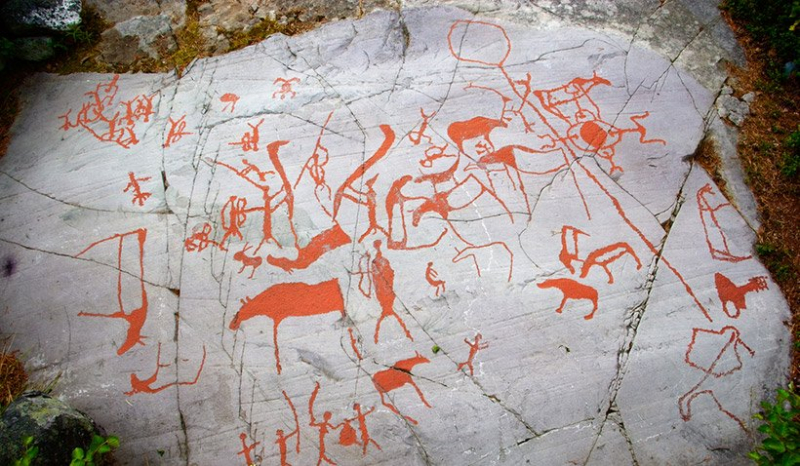Rock Art of Alta
The Rock Art of Alta is a collection of approximately 6,000 intriguing prehistoric engravings located in Finnmark, Norway's northernmost area. Some carvings date back to 4200 BC. The Rock Art of Alta is one of Norway's ten UNESCO World Heritage Sites, and one of the places where these ancient sculptures may be found has been transformed into an open-air museum.
The rock engravings were created over 5,000 years ago, when the majority of Norway's population were hunter-gatherers. People in the late Stone Age and early Metal Age saw a significant cultural shift, as they began to use metal tools in boat construction and fishing.
The rock carvings were most likely created with quartz chisels pounded into harder rock — tools that were still in use after people began to utilize metal tools.
The initial engravings were discovered in 1973 at a place called Jiepmaluokta, which means 'bay of seals' in Northern Sami. Throughout the 1970s, further engravings were discovered, which were linked by a 3-kilometer system of wooden pathways.
You can visit the World Heritage Rock Art Centre or Alta Museum today, which displays object relating to the prehistoric peoples responsible for the rock art at Alta, including the indigenous Sami culture, in addition to wandering the wooden walkways and interpreting for yourself what the incredible red rock carvings might mean.
Location: Finnmark, Norway












